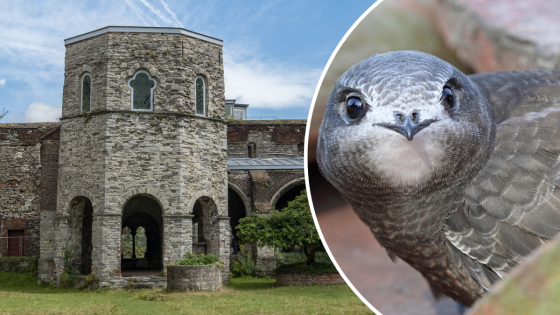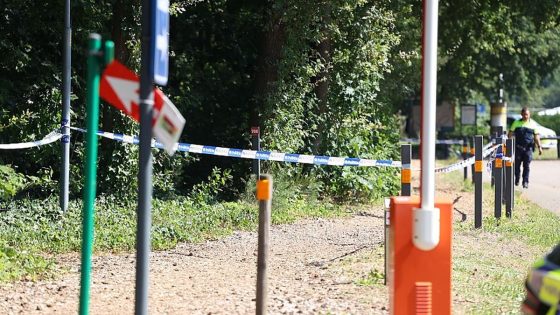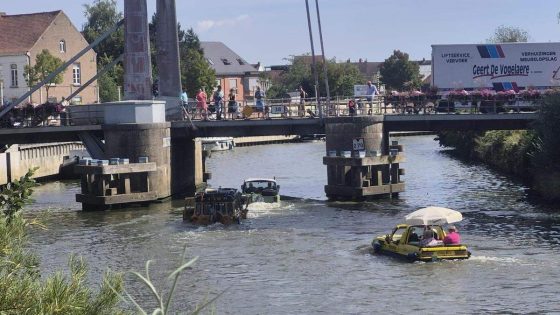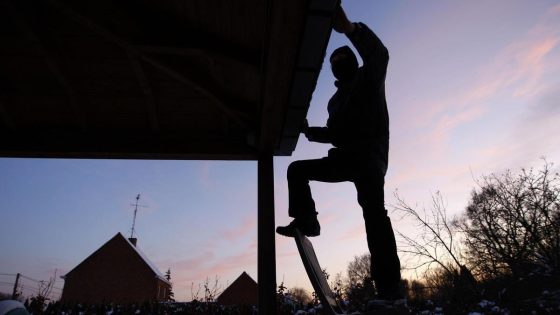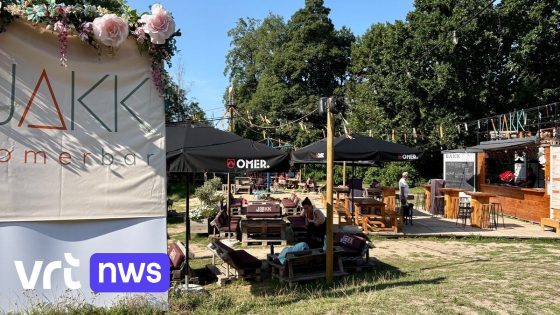Swift conservation efforts are underway in Ghent as the city prepares maintenance work on the historic ruins of Sint-Baafsabdij, a site dating back to the seventh century. These ancient ruins, located in the Machariuswijk, recently revealed ten swift nests during a preliminary study, highlighting the importance of protecting local wildlife alongside heritage preservation.
- Gierzwaluwen broeden in Sint-Baafsabdij ruïnes
- Stad Gent plant onderhoud voor historische site
- Tien gierzwaluwnesten ontdekt tijdens voorstudie
- Maatregelen beschermen vogelnesten en plaatsen nestkasten
- Gierzwaluwen vertrekken jaarlijks naar Afrika
- Andere vogels kraken gierzwaluwnesten mogelijk
Swifts, known for spending most of their lives in the air—feeding, mating, and even sleeping—only descend to breed. By 2025-08-23 21:00:00, the birds had already flown off to Africa after nesting in the abbey ruins this season. This natural rhythm raises questions about how urban restoration projects can coexist with these remarkable aerial birds.
With the city planning to install bird-friendly features like nest boxes, the challenge remains: how can Ghent balance historic site maintenance with safeguarding the swifts’ breeding habitats? Let’s explore how this effort benefits both cultural heritage and urban biodiversity.
Could urban development threaten swift populations? Experts like Frank Maes from Natuurpunt assure that the timing of events like the Gentse Feesten does not disturb the birds, as they migrate before such festivities begin. Key points to consider include:
- Swifts nest in cracks and holes typical of old stone buildings, making ruins ideal habitats.
- Other birds, such as sparrows and starlings, may occupy these nests, showing a dynamic urban ecosystem.
- Ghent’s city council plans to integrate nature-friendly measures, like leaving nesting spaces open during restoration.
- Community awareness and support are crucial to maintaining both natural and cultural heritage.
As Ghent moves forward with its restoration, residents and visitors alike are invited to appreciate the delicate balance between preserving history and nurturing nature. Will other Belgian cities follow suit in creating habitats for urban wildlife during renovation projects?



